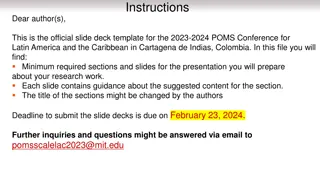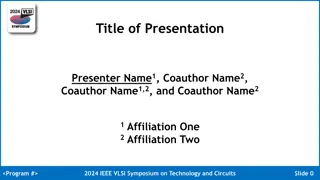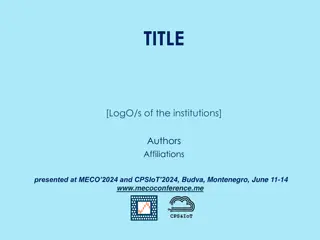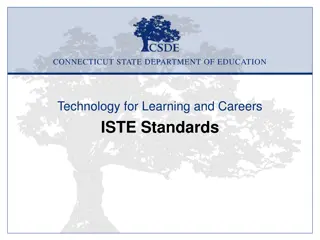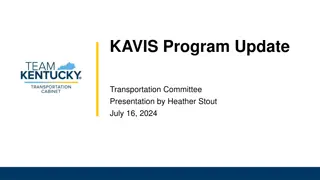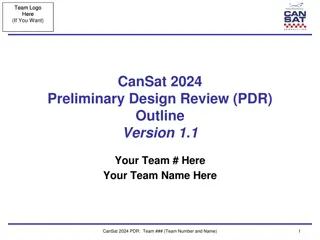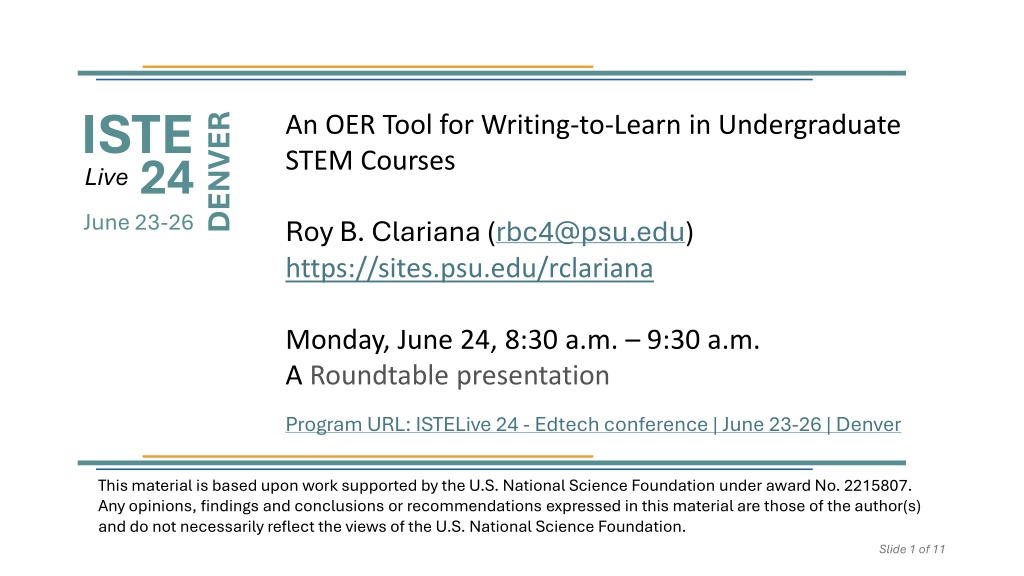
OER Tool for Writing-to-Learn in Undergraduate STEM Courses
Explore an innovative OER tool, GIKS, designed to enhance writing-to-learn practices in undergraduate STEM courses. Learn how this browser-based writing tool provides valuable feedback to students, facilitating improved conceptual knowledge and learning outcomes in the classroom.
Download Presentation

Please find below an Image/Link to download the presentation.
The content on the website is provided AS IS for your information and personal use only. It may not be sold, licensed, or shared on other websites without obtaining consent from the author. If you encounter any issues during the download, it is possible that the publisher has removed the file from their server.
You are allowed to download the files provided on this website for personal or commercial use, subject to the condition that they are used lawfully. All files are the property of their respective owners.
The content on the website is provided AS IS for your information and personal use only. It may not be sold, licensed, or shared on other websites without obtaining consent from the author.
E N D
Presentation Transcript
ISTE Live DENVER An OER Tool for Writing-to-Learn in Undergraduate STEM Courses 24 June 23-26 Roy B. Clariana (rbc4@psu.edu) https://sites.psu.edu/rclariana Monday, June 24, 8:30 a.m. 9:30 a.m. A Roundtable presentation Program URL: ISTELive 24 - Edtech conference | June 23-26 | Denver This material is based upon work supported by the U.S. National Science Foundation under award No. 2215807. Any opinions, findings and conclusions or recommendations expressed in this material are those of the author(s) and do not necessarily reflect the views of the U.S. National Science Foundation. Slide 1 of 11
Abstract / Description This Listen and Learn (Research paper) Roundtable session: 1. Demo the GIKS browser-based writing tool of a free open education resource (OER) called GIKS to provide students with a teacher-made writing prompt that then scores the students essays and displays it as a network to compare to an expert referent network. https://giks.azurewebsites.net/ 2. And then report the 1st year data outcomes GIKS Graphical Interface of Knowledge Structure Slide 2 of 11
GIKS Demonstration of the student interface GIKS URL for instructors: https://giks.azurewebsites.net/ Student demonstration: https://sites.psu.edu/rclariana/giks/ Write and submit essay Review essay network feedback Slide 3 of 11
Reimagining Learning and the Classroom Writing -to-learn is an active and engaging learner-centered strategy for learning domain conceptual knowledge that is well documented across STEM fields including biology, chemistry, ecology, and physics. This free GIKS tool can be used for writing and assessment online or in the classroom with even large student audiences. DEI Multiple-choice tests generally favor males over females, while females generally outscore males on essays. A shift towards more writing could level the playing field for female success that could increase retention of females in STEM majors. Slide 4 of 11
Methods Participants (n=86) in a 2nd year undergraduate architectural engineering (AE) course Data collection four times spread across a semester, covering four lessons that ran about 2-weeks, topics are Concrete, Wood, Masonry, and Sustainability. Each topic covered a textbook chapter with several PowerPoint lecture/discussions plus labs. Slide 5 of 11
Questions Does summary writing about lesson content with immediate concept network structure feedback improve students conceptual knowledge structure (measured using a KS survey) and also classroom learning outcomes? (Classroom learning is measured using the existing course end-of-unit tests.) We compared 1. writing with network feedback to no writing (Investigation 1) and 2. writing with or without network feedback (Investigation 2). Slide 6 of 11
Course and Data collection flow chart Module 1 Module 2 Module 3 Module 4 Spring break Wk 2 Wk 3 Wk 4 Wk 5 Wk 6 Wk 7 Wk 10 Wk 11 Wk 13 16-Jan 23-Jan 30-Jan 6-Feb 13-Feb 20-Feb 27-Mar 10-Apr EOM Test 2 EOM Test 3 EOM Test 4 EOM Test 1 AE 222 Spring 2023 Investigation 1 Investigation 2 Concrete sys Wood sys Masonry sys Sustainability Lesson topic: Group AB control GIKS Canvas GIKS Group BA GIKS control GIKS Canvas Slide 7 of 11
KS Survey (in Canvas LMS) Slide 8 of 11
KS Survey and EOU tests Concrete and Wood KS survey (to exp) EOU test (subtest with key terms) EOU test (multiple-choice items) KS survey networks (to expert referent) .92 .41 GIK vs. no writing GIKS control KS Survey percent overlap .89 with the expert network p = .038 .39 End of Unit Test GIKS .86 .37 p = .002 .83 .35 GIKS .80 .33 control control .77 control GIKS .31 concrete wood concrete wood Topic and time Topic and time Slide 9 of 11 Concrete is sig p = .002, Wood is not Concrete is sig p = .038, Wood is not
KS Survey and EOU tests Masonry and Sustainability KS survey (to exp) EOU test (subtest with key terms) EOU test (multiple-choice items) KS survey networks (to expert referent) GIKS .84 GIKS .30 PDF GIK vs. writing as a pdf KS Survey percent overlap with the expert network End of Unit Test .29 .82 GIKS GIKS .28 .80 .27 PDF PDF PDF .78 .26 masonry sustainability masonry sustainability Topic and time Topic and time No significant differences Only Masonry > Sustain, p = .009 No significant differences Slide 10 of 11
Conclusion Investigation 1 writing with GIKS (i.e., with immediate network feedback) compared to the no writing control improves conceptual knowledge structure at the expense of declarative knowledge measured using multiple-choice items Investigation 2 writing with GIKS (with immediate network feedback) compared to writing as a pdf (i.e., without network feedback) appears to improve both conceptual knowledge structure and declarative knowledge but not enough to reach significance Questions / Comments? Slide 11 of 11
















